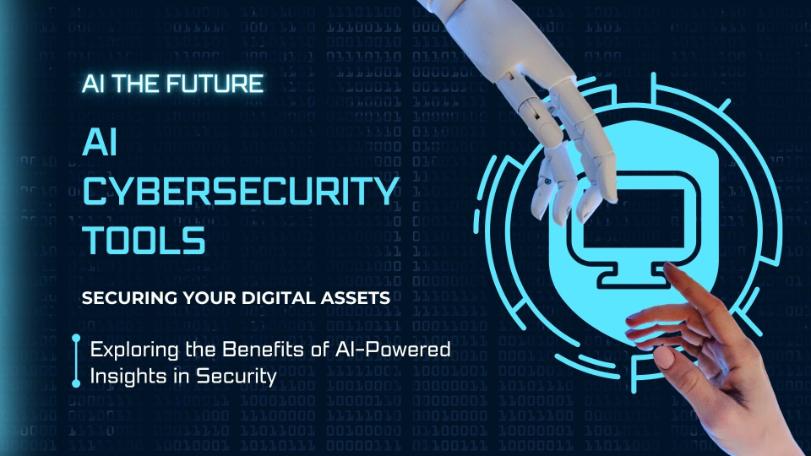Artificial intelligence (AI) is rapidly transforming the cybersecurity landscape, empowering organizations to defend against increasingly sophisticated cyber threats. AI-powered cybersecurity tools are proving to be invaluable in detecting, analyzing, and responding to cyberattacks, enabling organizations to stay ahead of the evolving threat landscape.
How AI Enhances Cybersecurity
AI offers several advantages in the realm of cybersecurity:
Threat Detection: AI algorithms can analyze vast amounts of data, including network traffic, user behavior, and endpoint activity, to identify patterns and anomalies that may indicate a cyberattack. This enables real-time threat detection, preventing breaches before they can cause significant damage.
Automated Response: AI-powered tools can automate many of the tasks involved in incident response, such as isolating compromised systems, quarantining malicious files, and patching vulnerabilities. This automation can significantly reduce response times and minimize the impact of attacks.
Predictive Analytics: AI can analyze historical data and current trends to predict future cyberattacks. This predictive capability allows organizations to proactively reinforce their defenses and focus their resources on the areas most at risk.
Top AI Cybersecurity Tools
The cybersecurity industry offers a wide range of AI-powered tools, each with its unique strengths and capabilities. Here are some of the leading AI cybersecurity tools:
Darktrace: Darktrace’s AI-powered Cyber AI Immune System uses self-learning algorithms to detect anomalous activity in real time, enabling rapid response to cyberattacks.
IBM Security QRadar Advisor with Watson: IBM’s Security QRadar Advisor with Watson uses AI to analyze security data and provide actionable insights to security analysts, helping them prioritize threats and make informed decisions.
Palo Alto Networks Cortex XDR: Palo Alto Networks’ Cortex XDR provides a unified platform for security detection, investigation, and response, leveraging AI to analyze data from various sources and provide a comprehensive view of cyber threats.
McAfee MVISION Endpoint Protection: McAfee’s MVISION Endpoint Protection integrates machine learning to protect endpoints from a wide range of threats, including malware, ransomware, and phishing attacks.
Deepwatch: Deepwatch’s AI-powered threat detection platform uses machine learning to analyze network traffic and identify potential threats in real time, providing organizations with early warning of incoming attacks.
The Future of AI in Cybersecurity
AI is poised to play an even more prominent role in cybersecurity in the future. As AI algorithms become more sophisticated and data sources expand, AI-powered tools will become increasingly capable of detecting, analyzing, and responding to cyber threats in real time.
Organizations should embrace AI cybersecurity tools to strengthen their defenses and stay ahead of the evolving threat landscape. AI is not a replacement for traditional cybersecurity practices, but rather a powerful complement that can significantly enhance security posture and protect digital assets.
Read Also: 15 Best FREE AI Tools (2023)
Read Also: Top Google Chrome Extensions (2023) – 100% FREE Tools
In addition to using AI cybersecurity tools, organizations should also implement the following practices to enhance their cybersecurity posture:
Regularly update software and systems: Patching vulnerabilities promptly is crucial to minimize attack surfaces.
Implement strong access controls: Use strong passwords, multi-factor authentication, and role-based access control to restrict unauthorized access.
Educate employees on cybersecurity: Train employees to identify and avoid phishing attacks, social engineering scams, and other cyber threats.
Conduct regular security assessments: Regularly assess your network and systems for vulnerabilities and identify potential risks.
Maintain a comprehensive backup strategy: Regularly back up your data to ensure recovery in case of a cyberattack.
By combining AI cybersecurity tools with these best practices, organizations can create a robust cybersecurity posture that can withstand evolving cyber threats and protect their valuable digital assets.
